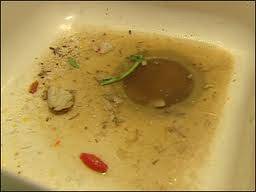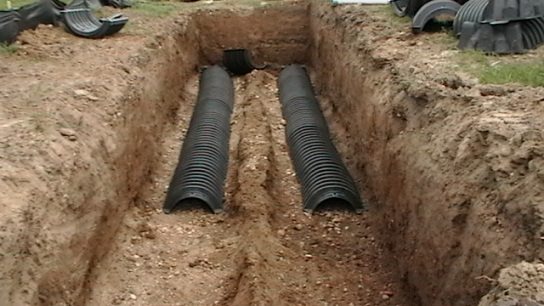Without a doubt, septic tank problems are the last issue anyone wants to deal with at any time of the year. Life stinks when the following happens:
-
sinks, tubs and shower stalls drain slowly or not at all
- laundry can not be done
- a toilet flush has to be strategically planned
- the septic tank is full, stinks and has to be pumped frequently
- wastewater collects on the ground above the drainfield
People pray that the stomach flu stays away until a fix is found!
Furthermore, the initial thought of looking, touching, smelling or even being near a septic tank is revolting. So, naturally, a do-it-yourself solution doesn’t sound like an option. Instead, finding someone else to deal with the issue is much more appealing … until the quotation arrives for the solution most septic “experts” recommend for the problem.
Most septic “experts” will predictably recommend system replacement, and why not? It will definitely fix the problem in the short term and is quite profitable for them. Sure, the homeowner is inconvenienced while the lawn is torn apart and probably will have to take out a loan to pay for it, but they end up with a brand new septic system that works.
This is the best and most effective way to solve septic system problems, right?
No! Septic system replacement is over prescribed by septic pumpers and contractors. It is an unnecessary expenditure that has become an automatic response to failed septic systems by the entrenched government regulators and septic service community.
People with failed septic systems need to stop this process and do a little research. Most of these “failed” septic systems have many years, if not decades of service life left in them. The culprit for the failure is the anaerobic bacterial process. It works well in the short term, but, in the long term, plugs up the drainfield.
The plugged drainfield condition is reversible, however, through a careful and controlled septic aeration process. In most cases, a septic drainfield that has been clogged by years of anaerobic bacterial activity in the septic tank can be remediated or rejuvenated after a few weeks of a carefully controlled aerobic treatment.
The beauty of this solution is that it easily falls into the do-it-yourself category. The skills required to implement are within the capability of almost everyone. If you are having septic tank problems, do yourself a financial favor and research how you can save your failed septic system with aerobic septic system remediation.













